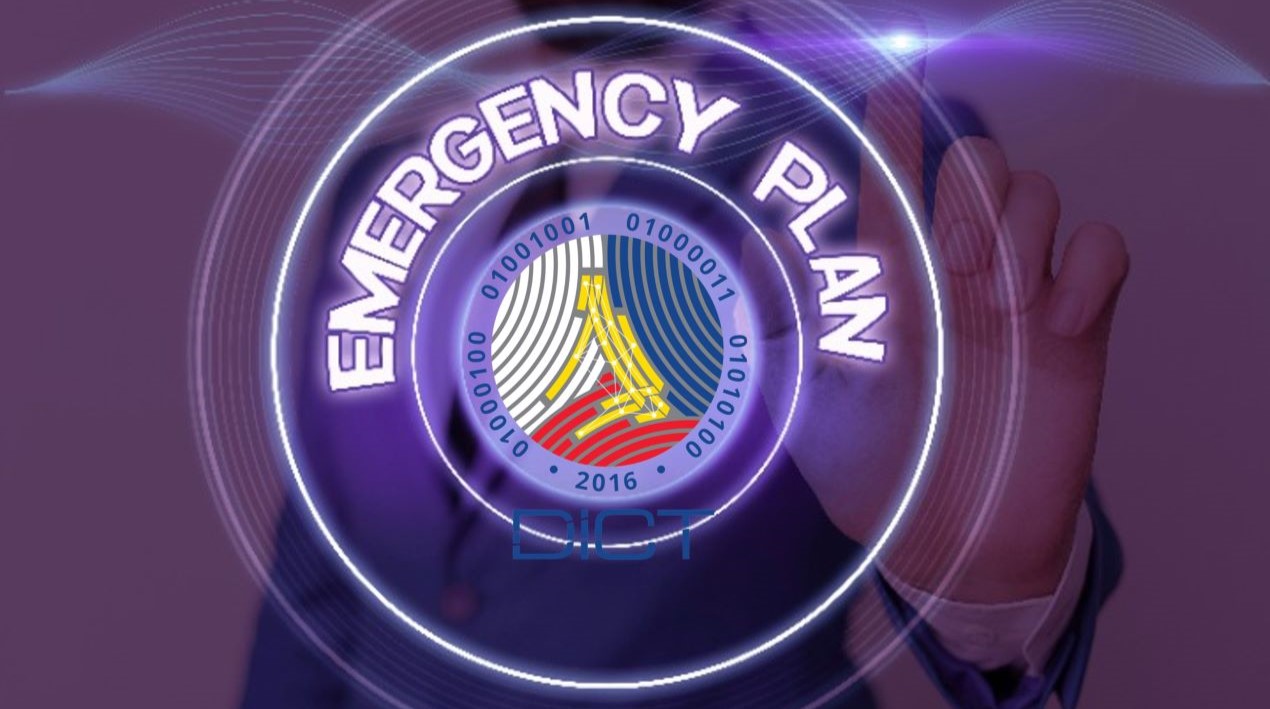
|
Getting your Trinity Audio player ready...
|
Researchers at institutions like Caltech have been exploring bioinspired engineering, using natural forms of motion to inform mechanical design. This field has led to significant advancements in creating machines that swim or fly by mimicking animal movements, such as aeroplanes with wing-like structures and boats with fin-shaped rudders. Recent innovations at Caltech, however, have pushed the boundaries further, integrating digital technology to enhance the adaptability and efficiency of robotic systems.
Many animals use flapping as a primary means of propulsion. These creatures can adapt their motion mechanics to compensate for damage to their wings or fins. For instance, some fish can continue to swim even with up to 76% of their fins damaged. Inspired by this natural resilience, researchers at Caltech, led by Mory Gharib (PhD ’83), the Hans Liepmann Professor of Aeronautics and Medical Engineering at Caltech, embarked on a study to replicate this adaptive capability in robots.
In their study, Mory, Meredith Hooper, an aerospace graduate student, and Isabel Scherl, a postdoctoral scholar, analysed a robotic flapper’s movements in an oil tank. This medium allowed for more precise measurements due to its favourable signal-to-noise ratio. The team then intentionally damaged the robot’s flapper to test its adaptability.
Initially, the damaged robot struggled to swim like an injured fish or insect would. However, the researchers equipped the robot with a machine-learning algorithm to simulate the adaptive behaviours seen in nature. This algorithm enabled the robot to experiment with various stroke mechanics, systematically testing and evaluating different movements to find an effective alternative propulsion method.
“The robot tries swimming in 10 different ways,” Meredith explained. “We measure the forces generated while it swims in the oil tank to compare both force production and efficiency. The machine learning algorithm then selects the top candidate trajectories based on their performance. It generates new sets of trajectories inspired by the previous successful ones, repeating the process until the robot identifies the most efficient swimming motion.”
The robot achieved successful propulsion through this iterative process, even with 50% of its flapper removed. This bioinspired approach to adaptation demonstrates the potential for integrating digital technology and machine learning to enhance the functionality and resilience of robotic systems.
The ability of robots to autonomously adapt to damage extends their operational autonomy significantly. For instance, Autonomous Underwater Vehicles (AUVs) play a crucial role in ocean exploration, providing valuable data about marine ecosystems and human impacts on ocean dynamics. These vehicles are expensive to build and deploy. It becomes useless if an AUV’s propulsion system fails in an inaccessible area. By incorporating adaptive capabilities through machine learning, these vehicles can continue their missions despite damage, reducing the risk of loss and improving their overall utility.
Similarly, Micro Air Vehicles (MAVs) used in emergency response scenarios, such as locating trapped individuals after an earthquake, benefit from this adaptability. These small, agile robots often navigate complex terrains where damage is likely. Adjusting their flight mechanics autonomously can enhance their robustness and effectiveness in challenging environments.
Although the experimental robot and living animals modify their stroke mechanics to adapt to damage, the specific adaptations differ. Theoretically, both should change the amplitude and frequency of their strokes for optimal propulsion. However, studies show that fish typically increase stroke amplitude but not frequency, while the robot adjusted both parameters. This discrepancy highlights the influence of evolutionary pressures on natural organisms, which are irrelevant to robotic applications.
The success of Caltech’s adaptive flapping robot underscores the transformative potential of integrating digital technology with bioinspired engineering. As robotics and machine learning technologies evolve, the ability to create resilient, autonomous systems will expand, opening new possibilities for applications across various fields. From underwater exploration to disaster response, adaptive robotics represents a significant step forward in enhancing the functionality and effectiveness of mechanical systems through the innovative use of digital technology.
















